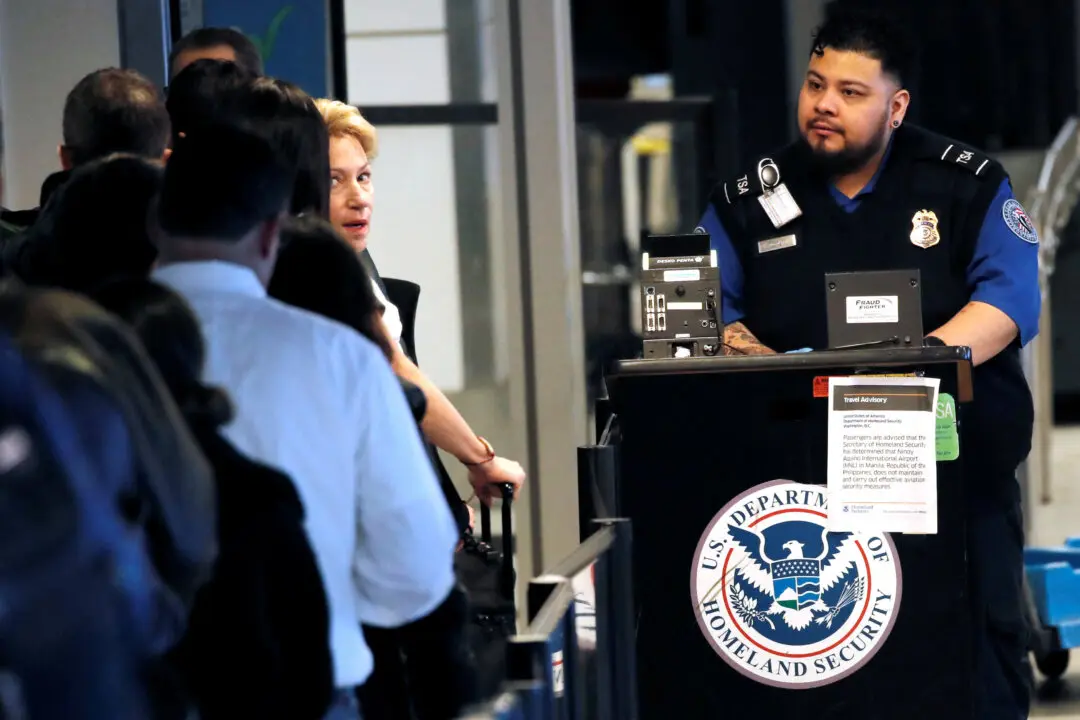U.S. stock indexes slid more than 1 percent on Thursday, led by losses in bank stocks, as Russia’s all-out invasion of Ukraine sparked a widespread selloff in global markets.
On the benchmark S&P 500, all the 11 major sectors slipped into the red, with financial stocks falling 2.9 percent, while tech and consumer discretionary stocks lost more than 1 percent each.





